What Is the Difference Between Yarn, String & Rope? How to Tell Them Apart?
-
Pete Ortiz
- Last updated:
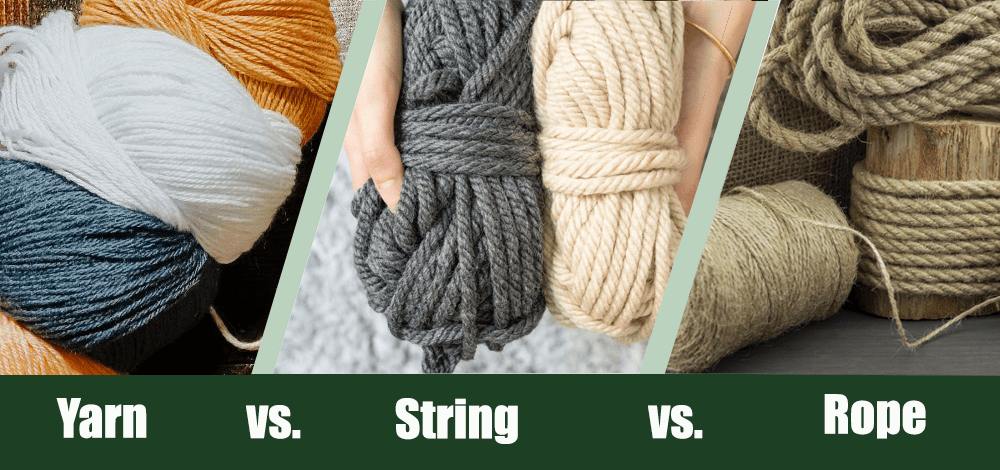
Sometimes it’s the oddest questions that trip you up. You can find these materials at tons of different stores, and you’ve likely had each one in your hands before. But what is the difference between yarn, string, and rope, and when should you use each?
We’ll break it all down for you here, and the answers just might surprise you!
At A Glance
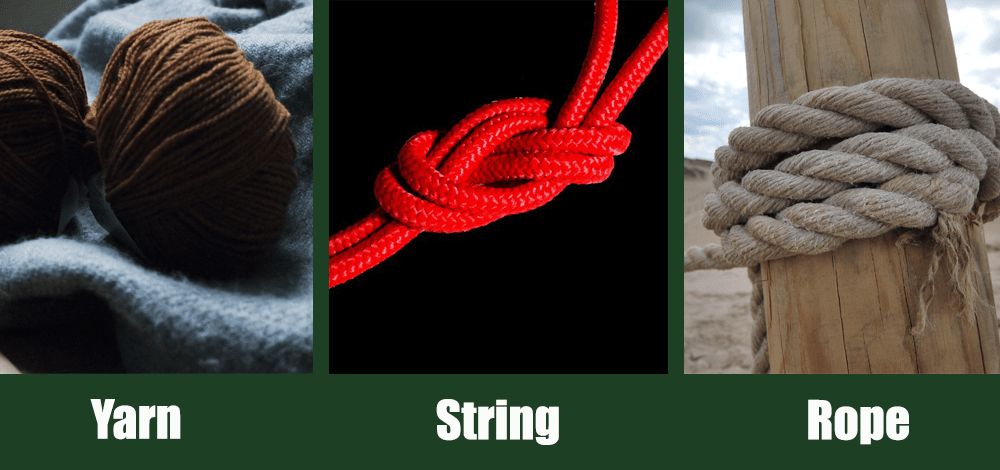
- Length of fibers
- Yarn can be string
- Can be tons of different materials
- Un-plied
- Soft and easy to work with
- Twisted bundle of fibers
- Plied design
- It consists of multiple strings
- Each ply of rope is one string
Overview of Yarn
What Is Yarn?
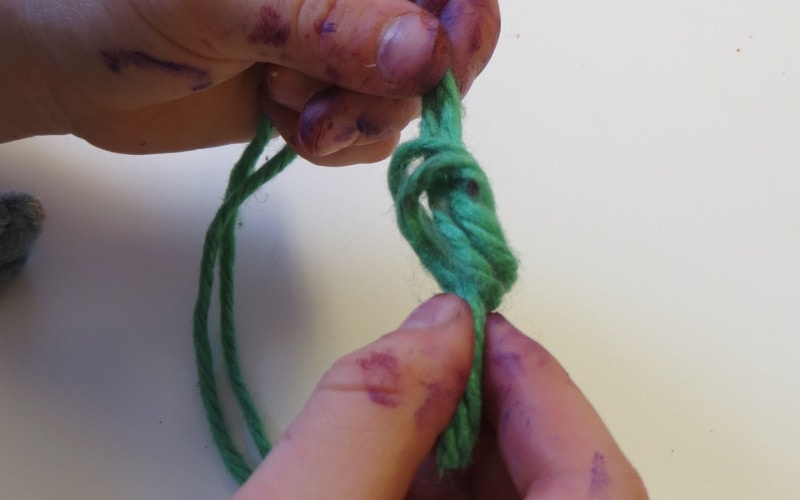
Yarn is a generic term for a continuous length of fibers. While wool is one of the most well-known and commonly associated types of yarn, the truth is that yarns consist of both man-made and natural fibers.
Interestingly enough, a continuous length of fibers only becomes yarn when the person is weaving it into a form of cloth. Otherwise, yarn can be string, ribbon, or another type of material. Yarn is all about the use of the material, not just the material itself!
What Is Yarn Good For?
Yarn is great for making cloth. In fact, if you’re using fibers to make a cloth you can’t make it without yarn! Because there are so many different types of yarn there are tons of advantages and disadvantages that vary depending on the option you choose.
- Great for making cloths
- Tons of different types
- Both manmade and natural options are available
- It’s only describing one use of a material
Overview of String
What Is String?
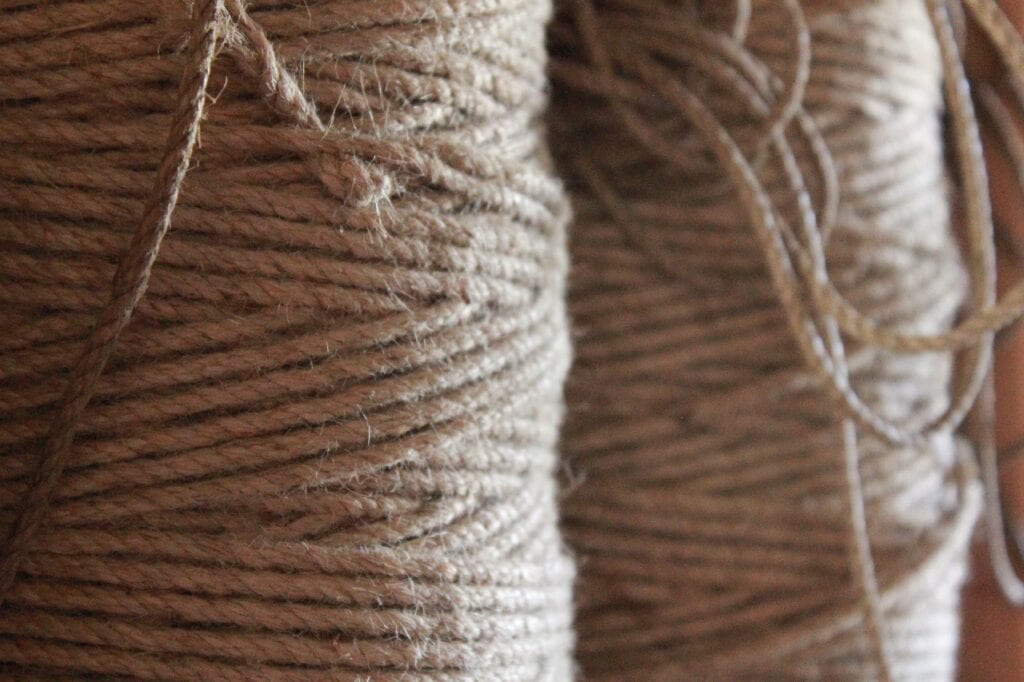
The string consists of a twisted bundle of fibers. There’s no exact number of fibers twisted together to form string, but with string you can untwist the bundle to separate the different fibers.
String is extremely soft and supple and has a lower profile knot than rope. This makes it easier to work with, but it also sacrifices durability and rigidity. Strings can come in tons of different diameters with popular sizes ranging from 2 to 10 millimeters.
This is important to note because it is possible for a rope to be smaller than a string even though a rope consists of multiple strings.
What Is String Good For?
Because string is soft and supple it’s excellent for beginners. It’s easier to work with than many other materials, allowing you to move it quickly and easily in any direction you want. Whether you have a small project or a large one, string can be the perfect material.
Finally, if you’re looking for a more creative project, string is typically the way to go. The ability to subtly move the string in any place or direction gives you more creative freedom than you would have with other materials.
- Easy to work with
- Very soft
- Plenty of size options
- Not as rigid
- Not the most durable
Overview of Rope
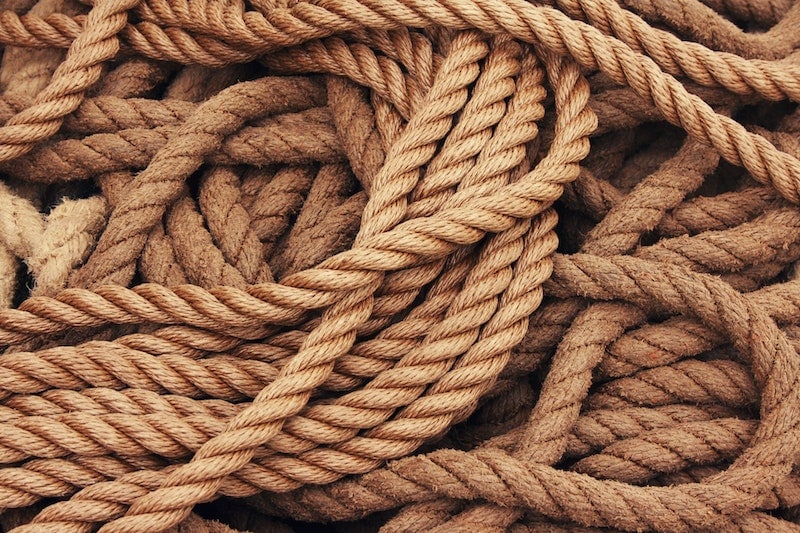
What Is Rope?
A rope is three or more strings plied together. Each string added to the design creates more rigidity and support, making it less soft and supple. Every time you add a string to the rope it’s called adding ply.
Often three-ply rope is the most common option available, but it’s possible to find rope with even more plies. While people often think of rope as rough on the hands, if the rope comes from a softer string, it’ll still be very soft on the hands.
What Is Rope Good For?
Because rope consists of multiple strings it tends to be stronger than string. Because of this, you can often find people using rope in larger projects. Projects like making a tote bag, a wall hanging, or a basket often use rope.
Moreover, you can often find people using rope in emergency applications. If you need to repel or climb up a rope you want it as sturdy as possible, and that’s an area where rope really thrives.
- Very strong and rigid
- Tons of options are available
- You can make a lot from it
- Not as soft as many strings
- Not as easy to work with
When to Use Yarn, String, or Rope?
Part of getting the results you want with your crafts is knowing what materials you should use for the project. The good news is if you’re making a cloth, you don’t really have to worry about whether you should use string, rope, or something else entirely—it’ll become yarn as soon as you start using it!
With that in mind, you still need to find the right texture and feel for the final project. But once you find that, you can go with it!
Meanwhile, we recommend using string if you’re a beginner, if you’re working on a creative project, or if you’re working on a smaller project. These are all areas where string thrives, even if you can use rope or another material.
Finally, we recommend using rope for larger projects or for projects where you need a little extra support. But even if you’re working on a larger project that needs rope, we recommend you learn the basics by working with string first!
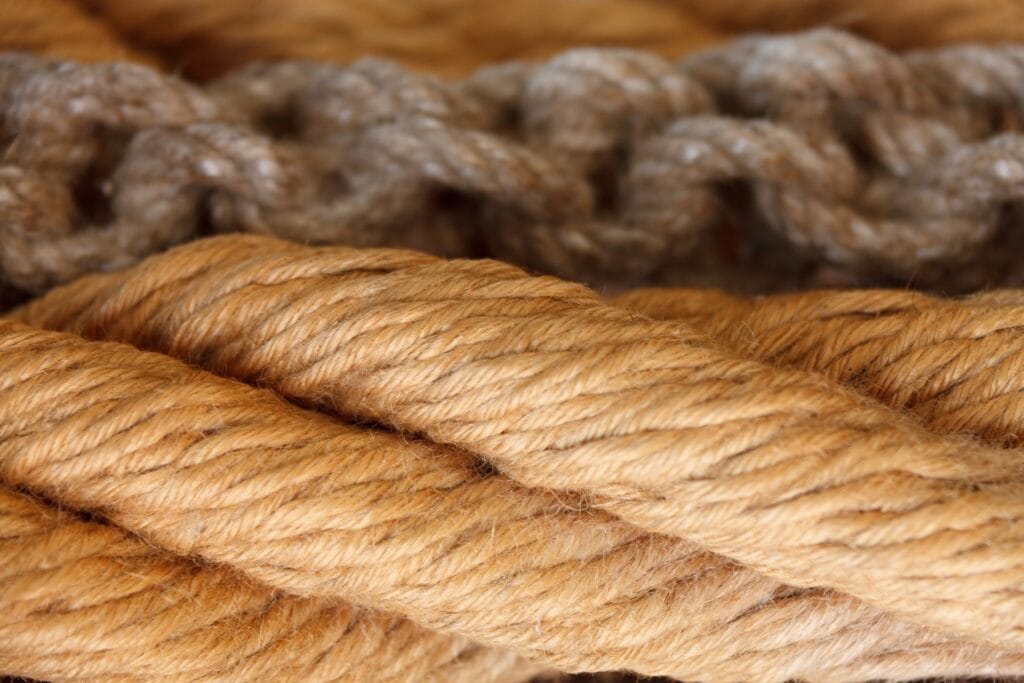
The Cost Factor
If you’ve spent any time in a craft store you know how easy it is to go from a great idea to an extremely expensive project. With that in mind, it’s a good idea to compare the price of each option at your disposal.
Yarn prices vary a lot because yarn is a wide range of materials. Meanwhile, string typically costs less than comparable rope. This is because rope consists of multiple strands of string, and using more material drives up the cost.
However, because the quality of the materials plays such a large role it’s certainly possible to find some string that costs less than some rope, but if you’re getting a similar quality rope it should cost more.
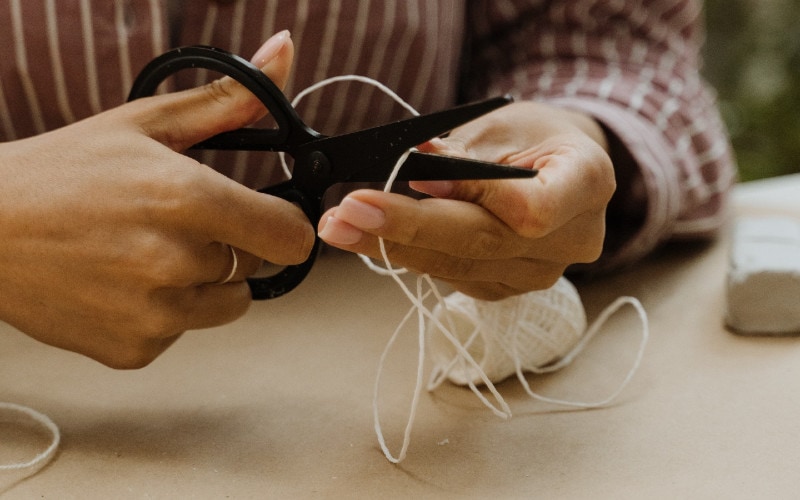
Where to Get Yarn, String, or Rope
While you can certainly order your yarn, string, or rope online, we recommend going to a local craft store first. This will allow you to get your hands on the material and see exactly how it will look and feel for your project.
Once you’re at the store you can find what you like, and in the future, you can purchase online if you want. Moreover, we highly recommend comparing the cost of what you find at the store to the same thing online before purchasing it.
Just because you find what you want at the store doesn’t mean you can’t use that information to save a little money and buy it somewhere else!
| When to Use a Yarn | When to Use String | When to Use Rope |
| When making cloths | Creative projects | When you want more support |
| Creative projects | When you’re a beginner | When you need more rigidity |
| Smaller projects | Larger projects |
Conclusion
Whether you’re using yarn, string, or rope on your next project now you know exactly what each one means and when you want to use each option. Sometimes knowing the small things in life can make all the difference, and if not it’s still a fun bit of trivia knowledge to have!
- https://modernmacrame.com/blogs/journal/faq-what-is-the-difference-between-rope-string-and-yarn-a-glossary-of-macrame#:~:text=Rope%20is%20similar%20to%20string,but%20only%20one%20is%20plied.
- https://meriwoolart.com/blogs/news/untangled-what-s-the-difference-between-cord-rope-and-string
- https://wikidiff.com/yarn/rope
- https://wikidiff.com/yarn/string
Featured Image Credit: Left – Yarn (Meg Wagener, Unsplash), Center – String (Jumpstory), Right – Rope (NetPix, Shutterstock)
Contents


